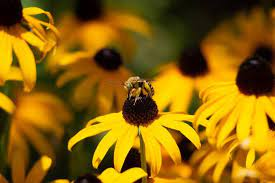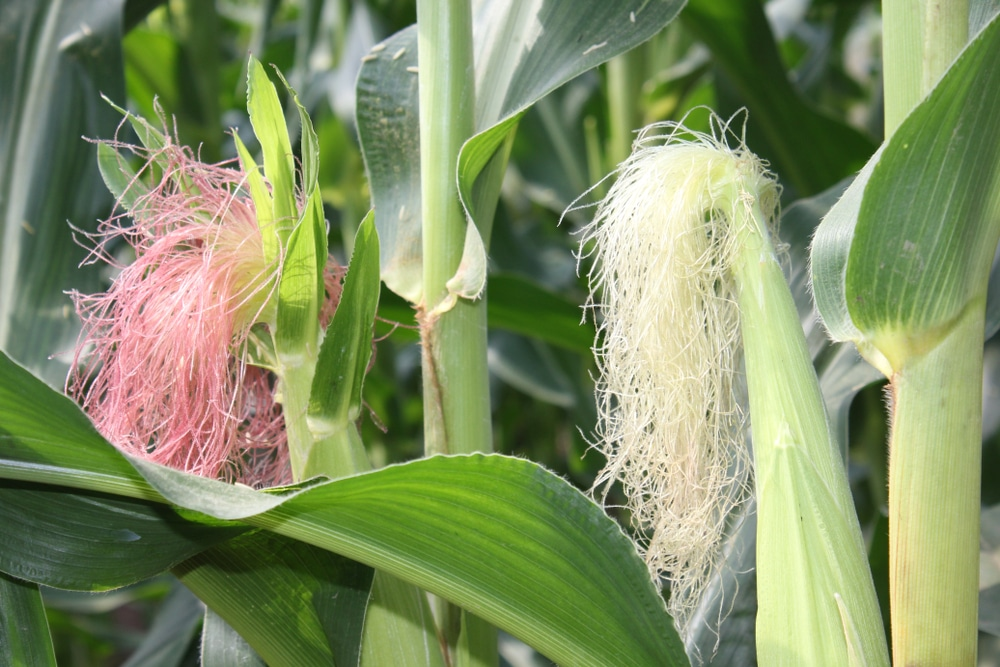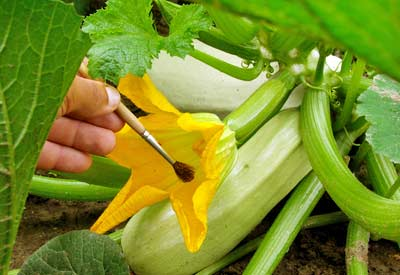Pollination plays a crucial role in the growth of many crops, including fruiting vegetables and grains like sweet corn. Without proper pollination, yields can be severely reduced. Fortunately, there are several strategies you can implement to help ensure your plants are well-pollinated and produce the best possible harvest. Below are three simple yet effective ways to boost pollination in your garden: attracting pollinators, utilizing wind, and hand-pollinating when necessary.
1. Plant Flowers to Attract Bees
Bees are among the most important pollinators in gardens, and attracting them is key to improving pollination. To make your garden more bee-friendly, plant a diverse array of flowers that bloom at different times throughout the growing season. This will ensure that bees have a consistent food source.
Some great flower choices include perennial plants like echinacea, yarrow, and foxgloves, as well as herbs such as lavender, thyme, and oregano, which provide both nectar and pollen. Shrubs like buddleia, honeysuckle, and mahonia are also favorites of bees. For a longer blooming period, incorporate a mix of early, mid, and late-season flowers.
In addition to flower beds, consider turning part of your lawn into a low-maintenance meadow. Allowing dandelions, clover, and daisies to grow and mowing the grass less frequently will create a pollinator-friendly habitat.

It’s important to avoid pesticides, as they can harm beneficial insects, including bees. By reducing pesticide use, you’ll help maintain a healthy pollinator population in your garden.
2. Harness the Power of Wind
While insects are essential for pollination, some crops, like sweet corn, rely primarily on wind for fertilization. Sweet corn sheds pollen from its tassels, which then blows onto the silks of the female flowers. For better results, plant corn in blocks rather than rows to increase the chances of wind-blown pollen reaching the silks.
Other crops, like tomatoes, peppers, and eggplants, are self-pollinating, meaning they don’t require insects to transfer pollen. However, these plants will still benefit from a little breeze. In a greenhouse or sheltered environment, you can mimic the effect of wind by gently shaking the plants or tapping their stems. This will help distribute the pollen and improve yields.

3. Hand-Pollinate When Necessary
In times of cold or wet weather, insects are less active, and natural pollination may be hindered. If you’re growing plants under cover or experiencing prolonged bad weather, hand-pollination can help. This technique is particularly useful for crops that require cross-pollination or when insect activity is minimal.
One simple method of hand-pollination involves using an artist’s paintbrush to collect pollen from a male flower and transfer it to a female flower. For plants like squash, zucchini, or cucumbers, the male and female flowers are easy to identify. The female flowers will have a small swelling at the base (the developing fruit), while the male flowers will not.

For crops like sweet corn, you can also hand-pollinate by gently shaking the tassels to release pollen onto the silks, especially if the plants are located upwind from others.
By implementing these strategies—attracting pollinators, utilizing wind, and hand-pollinating when necessary—you can greatly improve pollination in your garden. These steps will not only ensure a healthier harvest but also create a thriving, bee-friendly environment.
Have any pollination tips or techniques that work well in your garden? Share your insights with us in the comments below!
